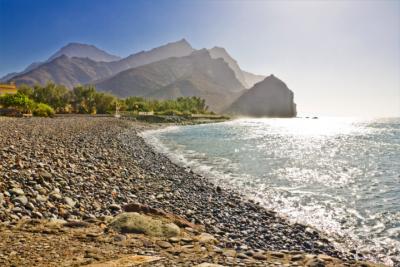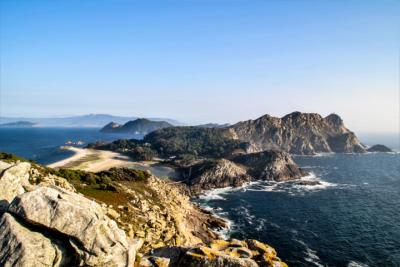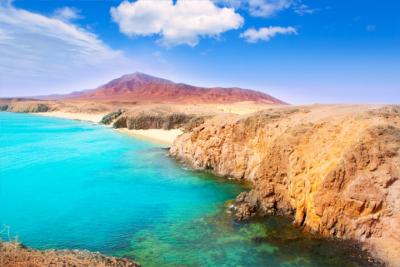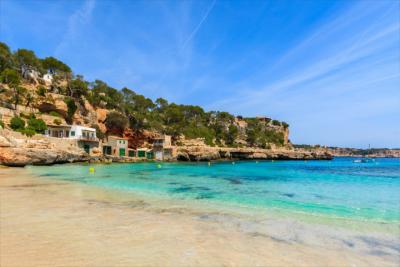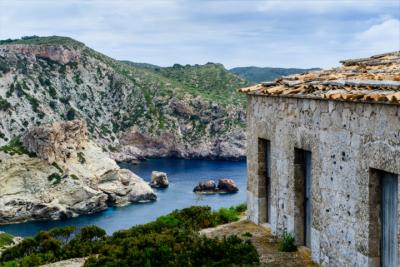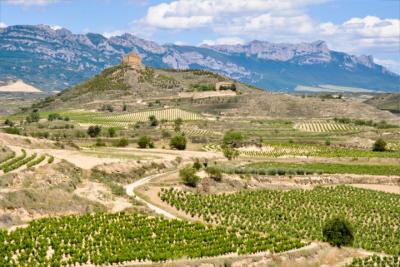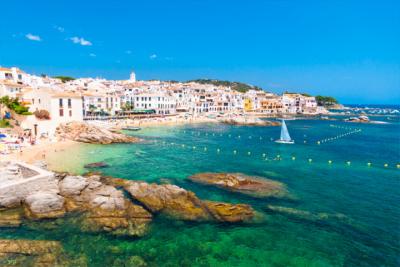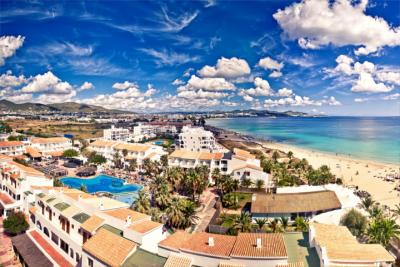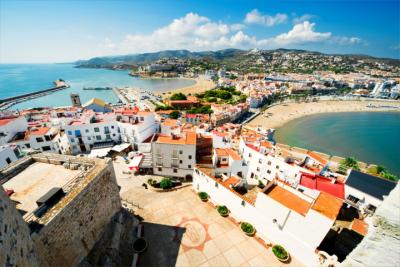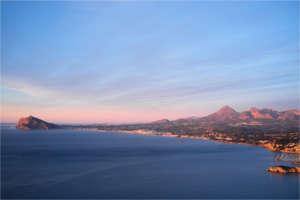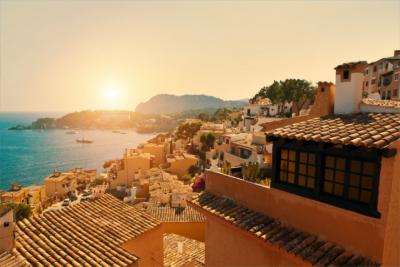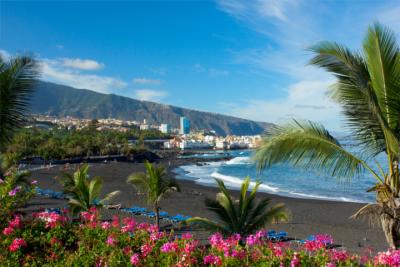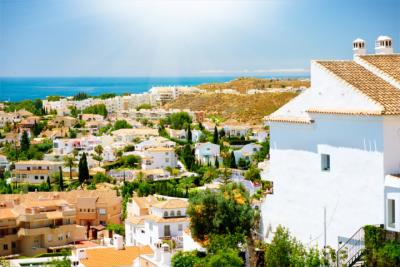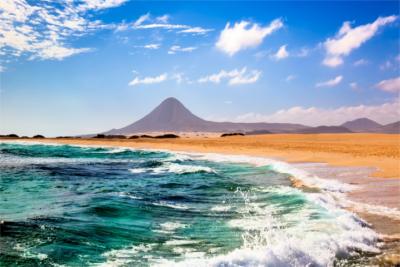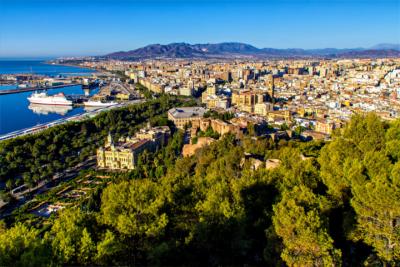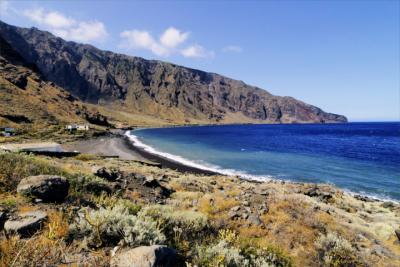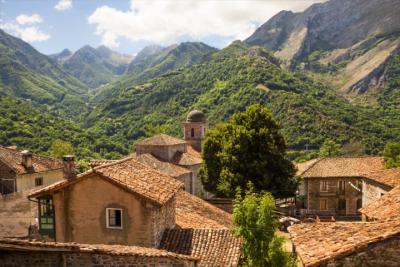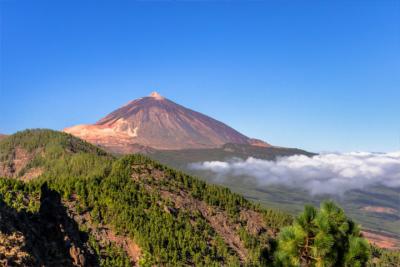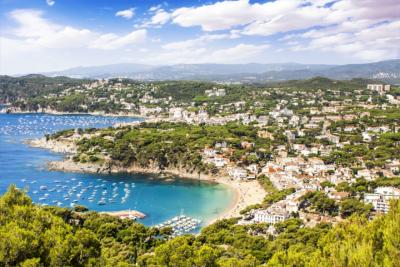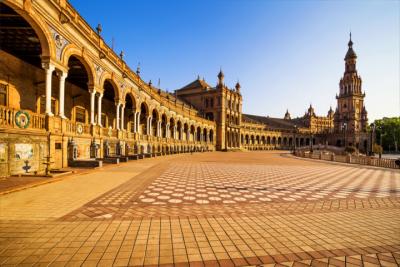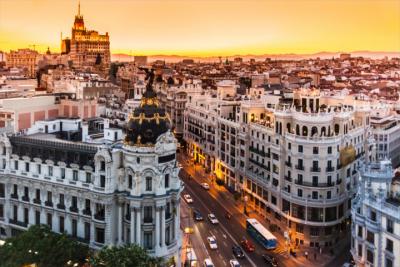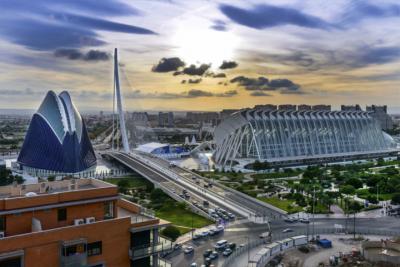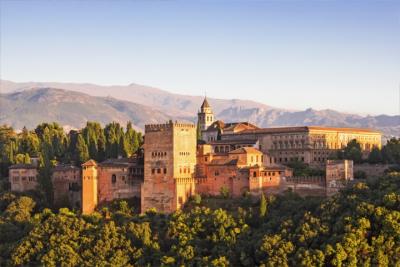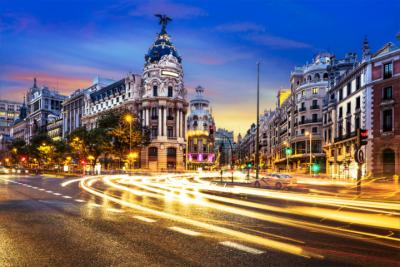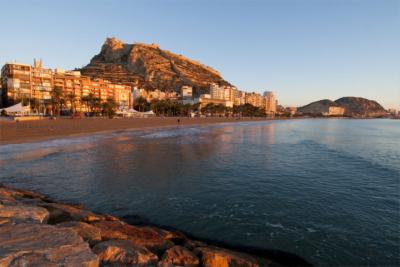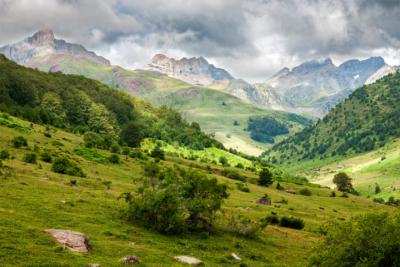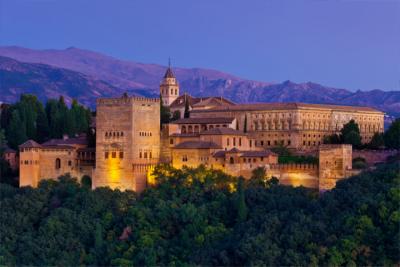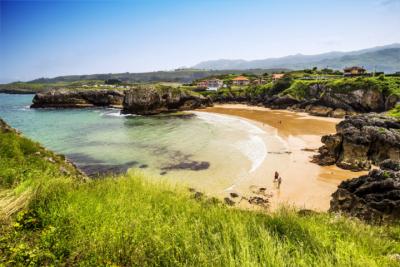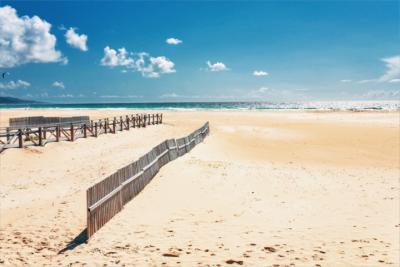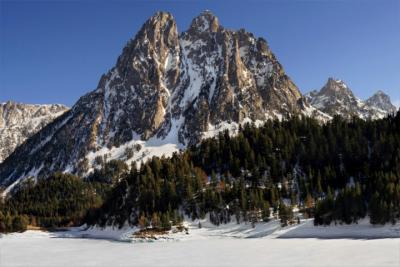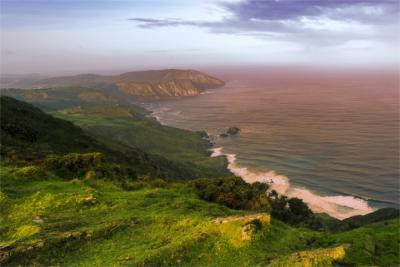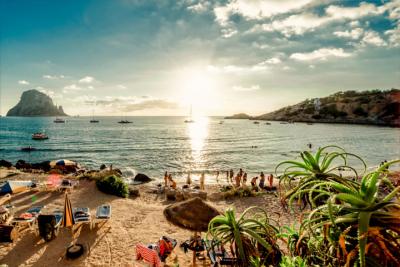Travel Offers
Travelmyne Featureprint
Distance
Spain – Diving into a World of Sun and Temperament
Spain is a country of the sun par excellence. Wonderful beaches and a magical sea promise pure recreation. The heartland with its native, mountainous world offers many opportunities for relaxing. Spanish culture often means paella, guitar music and flamenco. You can tell much about the Spanish people judging from these three elements, namely that they are characterised by their sense of enjoyment and their vivacious, proud nature.
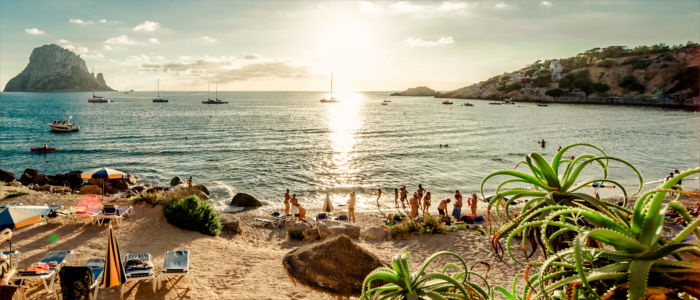
Geography - A country of the mountains
Together with Portugal and the British region Gibraltar, Spain is located on the Iberian Peninsula. The country borders on the Mediterranean in the south and on the Atlantic Ocean in the south-west and the north. In the north, the Pyrenees form the border to France. Most of the country's mainland is covered in mountains with the Sierra Nevada (about 3,400 m) as the highest mountain range. Flat strips of land extend between the mountains. In the centre of the country you find the plateau of the Iberian Meseta, also called "plateau of Castile". Fine, smooth beaches and steep areas full of cliffs alternate at the coasts. The Balearic Islands (Mediterranean) and the Canary Islands (Atlantic) also belong to the country. Complex landscapes cause Spain to have different climate zones: rainy but mild Atlantic climate, harsh mountain climate and Mediterranean climate with its wonderfully warm summers.
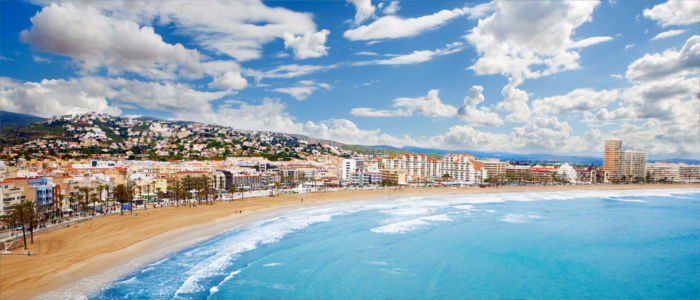
Nature – Scenic Mediterranean atmosphere with stone pines, palms and olive trees
In the dry regions stone pines, cork oaks and palms dominate the landscape. They give Spain the typical, scenic Mediterranean atmosphere as do the numerous olive and orange trees, which huddle against the hillsides. The well watered areas, on the other hand, are vegetated by oaks and beeches. Spain is home to many great rare forest animals such as wolves, bears and lynxes. Ibexes, mouflons, marmots and otters also range the woods. The north of the country accommodates one of the last populations of the European mink.
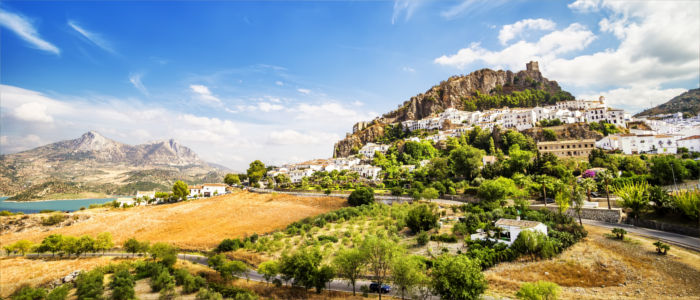
Natural sights – Beautiful beaches and a fascinating alpine world
Costa Brava (with Lloret de Mar), Costa del Sol, Costa de la Luz and Costa Blanca are some of the famous beaches in Spain which make the country a first class destination for recreational holidays. The Pyrenees with their extensive network of paths and huts are ideally suited for hiking. Especially worthwhile is a trip to the Ordesa y Monte Perdido National Park, which contains breathtaking nature and the spectacular Ordesa and Anisclo Canyons. West of the Pyrenees you find the Picos de Europa (Cantabrian Mountains), a mighty limestone massif. Its bizarre rocks are covered in firs and pines, which are populated by Pyrenean chamois, wildcats and otters. Mountains, gorges, rivers, heather meadows and forests are Galicia's natural treasures. Worth seeing is also the wild, romantic landscape near Almería (Cabo de Gata Natural Park), which has served as the backdrop of many westerns. Desertlike regions with yellow grasses, shrubbery and cactuses alternate with harsh volcanic regions and beaches here.
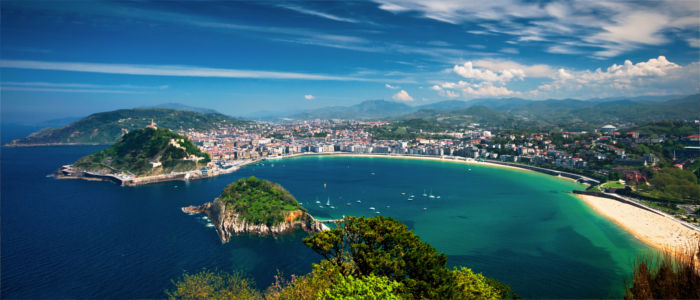
Culture – Pride, bullfights and flamenco
In former times Celts, Basques and Iberians populated the peninsula. Later on, the Phoenicians, the Romans and the Moors conquered the region. To free the latter a reconquest (Reconquista) took place over centuries, during which local Christian inhabitants forced the Arab Moors back to North Africa. In the 15th century, the travels of a famous man from Genua, who sailed under the Spanish flag, sounded the bell for a new era: through Christopher Columbus' (ca. 1451–1506) discoveries Spain created a colonial empire, which encompassed parts of Africa, America, Asia and Oceania and persisted until the 20th century. The Spanish are still a proud nation and attach great importance to honour. They prove this for example in bullfights, which have been a tradition since the 18th century. Furthermore, they are characterised by their vivacious nature, which is apparent in the rhythmic flamenco. The expressive and sentimental dance with the typical flamenco music is especially common in Andalusia.
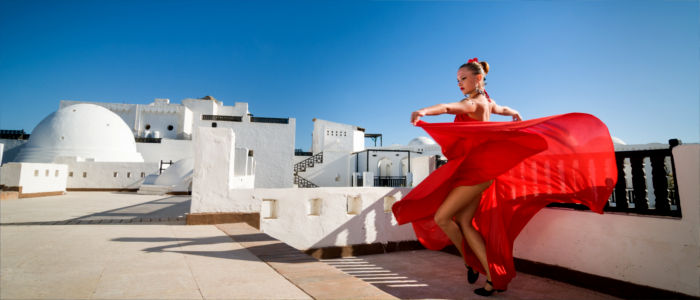
Cultural sights – Visiting Barcelona, Madrid and other cities of culture
Elegance, style and romance – all these words represent Barcelona. You receive a first impression of this colourful, exciting environment during a stroll on the famous street La Rambla. If you discover the street further, you will find the numerous traces left by the Catalonian architect Antoni Gaudí. One of them is the world-famous, sandstone coloured church Sagrada Familia with its spectacular towers, which are up to 110 metres high. Construction began in 1882 but people are still working on the church today, using Gaudís drafts. The grotesque residential house Casa Milá and the magical park Parc Güell were also designed by Gaudí. The latter is known for its colourful, artistic figures and forms. A trip to the magnificent Gothic cathedral La Catedral is a must for every visitor in Barcelona. After these cultural impressions you can go shopping or relax at the beach. Not far from Barcelona you find the Benedictine monastery Santa Maria de Montserrat, which is famous for its black Virgin of Montserrat. Madrid is another vivid city. The capital, which is located in the centre of the country, is Spain's economic and cultural core. Besides numerous museums and theatres, Madrid has one of the most important art museums on earth - the Prado. The royal palace Palacio Real with its about 2.000 majestic rooms is also worth seeing. Other attractions in Madrid are the Puerta del Sol (the centre of Spain's road network), the neat rectangular Plaza Mayor and the greatest bullfighting arena on earth – which is controversial due to the violent scenarios. The "red" palace Alhambra in Granada is also legendary. It was once the residence of Moorish kings and attracts tourists from all over the world with its oriental charm. Toledo is another place which is steeped in history with its historical old town and the fortification Alcázaras as the most interesting attractions. You find numerous fascinating destinations in the metropolises Seville (the Alcázar Palace complex), Córdoba (Moorish testimonies), Pamplona (running of the bulls), Málaga (Picasso's birthplace) and Bilbao (Guggenheim Museum). The seaport town Alicante exudes a feeling of sun and relaxation. The same is true of the Mediterranean Valencia, Spain's third biggest city. A more placid place is the Way of St. James, which begins in Canfranc or Valcarlos and leads to the grave of the apostle St. James in Santiago de Compostela. Those who walk this path can both feel the piety of the people of bygone times and find reflection.
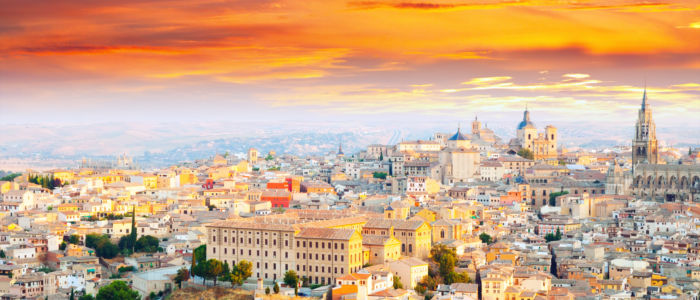
Experience – Enjoying specialities, experiencing tango and diving into the rural world
That the Spanish people like enjoyment is apparent in their cuisine. Delicious, world-famous dishes like the rice dish paella (which you can get with seafood, rabbit meat or chicken), tortillas, gazpacho (cold vegetable soup) and the appetizers tapas. Dishes containing fish and seafood are very common. Vital to the Spanish cuisine are: garlic, tomatoes, olive oil and citrus fruits. The country is also known for its excellent types of wine and sherrys, which visitors can taste in the region Navarra as well as in the wine region Rioja Alavesa. Bodegas (wine waitresses) invite you to a tour of the place of manufacture and to a tasting. After a wonderful meal you can go shopping. You find anything from smart fashion shops to traditional shops and markets, where you can buy local leatherware, weaving products, flamenco figures and accessories for pilgrims. Passionate guitar music and expressive dances characterise the Spanish culture. You can best experience these in Andalusia, where the love for flamenco is omnipresent. The magic of this energetic dance captivates visitors in authentic flamenco shows, for example in Seville and Jerez de la Frontera. Even if you are not a fan of dancing, you will enjoy going out in Spain. The number and variety of discos, clubs and bars is unlimited and guarantees a colourful, lively nightlife. Another highlight of entertainment is the Tomatina in Buñol, the greatest tomato fight on earth, which takes place in August every year. Those who want to get to know Spain's native, rural side should arrange time for a stay in one of the villages, for example along the White Towns of Andalusia with their distinctive white houses. In the middle of the scenic, white fields you experience the daily life of the people in the little Spanish villages. It is also appealing to spend a night in traditional cave houses, which are east of Granada and display the lives of the gypsies. You experience Spanish culture when you visit the Arabian baths, an olive mill, or watch the cosy gatherings in a classic tea house.
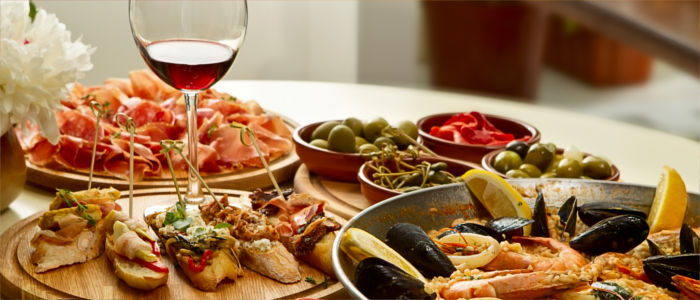
Activities – Relaxation and sports at the beach
Everlasting sunshine and beautiful beaches make Spain the ideal destination for relaxing at the beach and swimming in the sea. It is also well suited for water sports. Surfing, sailing and diving are only a few examples. The native and remote landscapes invite travellers to go hiking (for example on the Way of St. James), cycling or horse riding. Climbing is best done in the mountains. Those who like adventure can explore caves or go canyoning. In addition, Spain offers great conditions for winter sports with its first rate, well developed skiing areas. Especially the Pyrenees and the Sierra Nevada are attractive regions for those activities. Tourists can also take flamenco dancing lessons or play golf on one of the many golf courses.
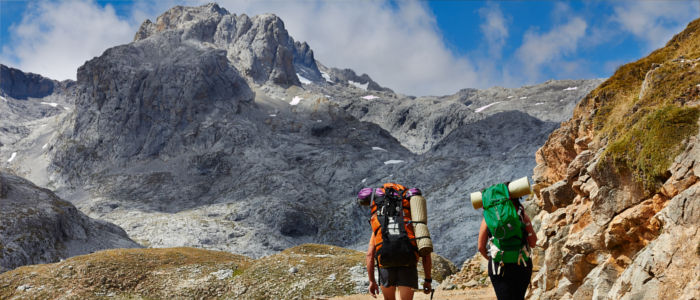
Information
There are over 30 international airports in Spain, from which you can directly reach holiday destinations like Madrid (MAD), Barcelona (BCN) or Málaga (AGP). From Central Europe you can also arrive by train or bus. It is worthwhile to explore the country by car (you have to pay a toll for most motorways) but you should be in possession of a good navigation. Other possible options are buses and trains. Besides the official language Spanish (Castilian), Catalan, Basque and Galician are spoken in a number of regions.
Spain is a holiday paradise for a reason. The country offers an extraordinary range of conditions for activities at the beach, water sports and partying. It is also of particular interest to lovers of culture due to its unlimited historical treasures. The harsh, rugged landscapes attract visitors who want to relax in nature.



